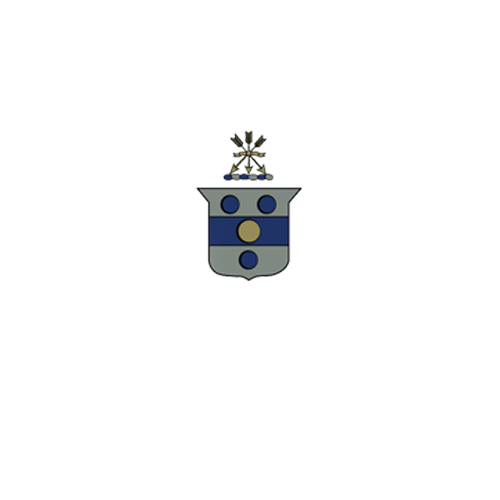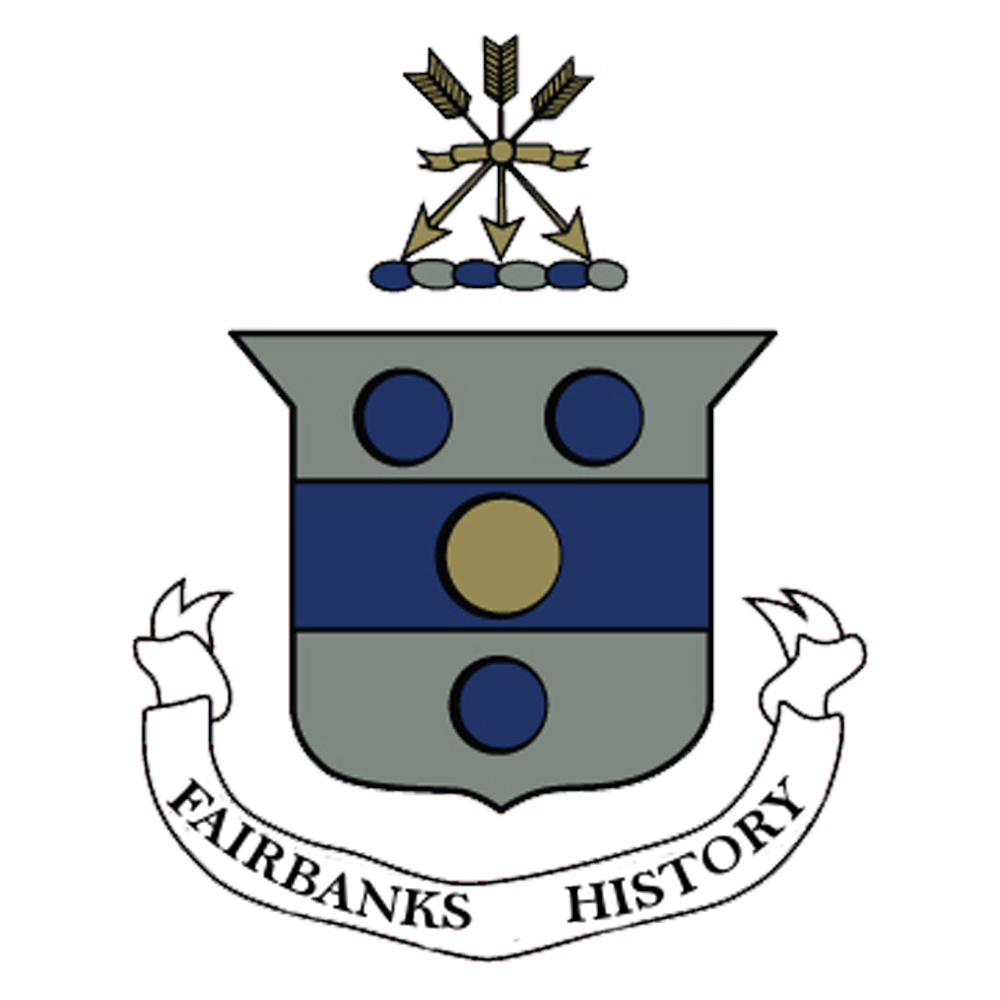Why did the Fairbanks and Prescott’s Emigrate to New England? Part I
Mayflower II at Plymouth, Massachusetts
Jonathan Fairbanks and John Prescott emigrated from Sowerby, West Yorkshire, England. They both risked their families’ lives and welfare to leave England for the Massachusetts Bay Colony in the early 1600s. Turning their backs on substantial jobs, extended families, and the home country, they made the move that would prevent them from ever returning.
Fairbanks and Prescott did not emigrate together. The Fairbanks family preceded the Prescott’s by about five years. Perhaps the Fairbanks influenced the Prescott family to join them. Families, friends, and whole congregations often emigrated together. Although there is no documentation of why they moved, several facts about the conditions in England, the men’s past experiences, their actions, and decisions indicate reasons why they would chose to emigrate.
The Great Migration
Religious, Political, and Economic Unrest
Bible from England 1602
The primary reason for the “Great Migration” from England to New England, between 1628 and 1640, was for religious freedom or to escape religious persecution. In total, about 40,000 people, many families, crossed the vast ocean on tiny ships.
The Thirty Years War had been raging in Europe about 15 years before the Fairbanks left. This was a religious war pitting Protestants against Catholics. Although it was not fought on England’s soil and few English civilians were called into battle, it impacted the religion and economics of the country.
King James I, of England, made strict religious rules for the Anglican Church. All subjects had to attend and follow the rules and rites dictated by the king. The Pilgrims couldn’t abide these rules. They fled to Holland. Then, in 1620, they settled Plymouth in New England.
King Charles I of England
By 1625, King James I died. His son, Charles I, became king. England hoped the new king would bring changes and relief for England. However, King Charles I married a Catholic French Queen. The Puritans, rejected the Catholic doctrine. They chose a simple religion, worshiping only as directed by the Bible. They feared King Charles I’s decisions and rules would be influenced by his Catholic wife.
More threatening, King Charles I dismissed the Puritan dominated Parliament three times between 1625 and 1629. He planned to rule the country himself and did so for eleven years. Politically, the people, particularly the Puritans, lost their voice in the government.
In 1633, about the time the Fairbanks left England, the king appointed William Laud as Archbishop of Canterbury. Laud dictated strict guidelines for religious practices, including a book of common prayer to be used in services. The Pilgrims and Puritans both resented the monarchy’s control of the church and the changes in religious practices dictated by the whims of the ruler, not based on the teaching of the Bible.
William Laud Archbishop
of Canterbury
Laud, the Archbishop, increased the persecution of the Puritans. The ministers that preached in a Puritan fashion or anyone who spoke out against the King or his rules had their ears cut off, were jailed, or persecuted in other ways.
Both Fairbanks and Prescott were educated. This is indicated by the fifteen or more books found in both inventories after death. Although probably of the Puritan persuasion, from their actions and lack of title we know they were not clergy. They were not called mister or sir. This title was reserved for minsters , a person of high social or military status, or a university educated man. No documentation has been found indicating they were persecuted for their convictions.
In New England, a man was not allowed to vote or hold a colony office unless he was a member of the church. Even so, neither Jonathan nor John found it important to join a church soon after arriving.
Jonathan Fairbanks and Religion
Halifax Parish Church, West Yorkshire, England
The Church of Jonathan and Grace Fairbanks
Jonathan probably was a Puritan by faith. Sowerby, West Yorkshire, England was predominately Puritan. Other Fairbanks in the area were Puritan clergy.
http://halifaxminster.org.uk/about-us/community/from-the-vicar/45-about-us/history/century-of-revolution
Jonathan settled with a group of religious men in Dedham, Massachusetts Bay Colony. Early in Dedham, there were eleven Puritan clergy in the town, hoping to develop a congregation in the new plantation. Only ‘like-minded’ men were allowed to settle there, indicating that Jonathan was of similar religious beliefs. (Lockridge)
However, Jonathan did not join the church for some time after it was gathered in 1638. Many of the congregation counseled with him before he joined in 1646. He had ‘scruples’ about publicly professing his faith.
John Prescott and Religion
Saint Wilfrid’s Church of Standish Where John and Mary Prescott were married.
Prescott joined the Nashaway Company in 1643. This was an association to buy and develop an area in the wilderness, 40 miles west of Boston. Many in this partnership were called out by Governor John Winthrop of the Massachusetts Bay Colony for being ‘profane.’ That meant they were not members of the church. However, they had procured a minister for the group, because each town was required to have a minister and a meeting house.
John signed a town covenant that provided for a minister and a meeting house. He was a staunch supporter of the young Reverend Joseph Rowlandson, the first and only minister of Lancaster, Massachusetts until 1675/6. Prescott did attend church “meetings” regularly on the Sabbath. The colony laws required participation. He and his wife, Mary, bore witness to those who offended the minister- a major offense. Even though, John followed the Puritan faith to some extent, it seems he did not come to New England primarily for religious reasons.
Lockridge, Kenneth A. A New England Town: The First Hundred Years. New York: W.W. Norton & Company. 1985.
Marvin, Perkins Abijah. History of the Town of Lancaster: From the First Settlement to the Present Time, 1643-1879. Boston: J. E. Farwell and Company, 1879.https://archive.org/details/historyoftownofl00marv/page/n7
Winthrop, John. The Journal of John Winthrop, 1630-1649, Ed. Richard S. Dunn, James Savage, and Laetitia Yeadle, Cambridge: Belknap Press of Harvard University Press, 1996, 504.
Economic and Financial Factors
Times were bad in the 17th Century. King Charles needed money to support England’s wars and skirmishes. Taxes were levied to cover the cost of the fleets and the wars. A ship tax or ‘ship money’ was levied in 1635 which effected not only the coastal shipping towns, but citizens living inland. Many saw that as an unfair taxation enacted by the king without Parliament approval. https://www.britannica.com/topic/ship-money
Both, Charles I and his father, King James, sold monopolies that inflated prices of basic commodities. Trees were scarce. If they were cut for houses, ship building, implements of the wool trade, or charcoal , they were taxed. If taxes or fines were not paid, there were harsh repercussions. Fairbanks needed wood to make his spinning wheels. Prescott had coal from the Pennine Mountains for his blacksmith work, but probably needed the supplement of charcoal made from wood.
The wars also altered trade. Wool was the major industry and export of Northern England (where Prescott and Fairbanks were located.) The waring relations halved the export for the wool industry. https://mises.org/library/mercantilism-england
Crops failed in 1629 and 1630. The soil of Sowerby was sour and thin. It could not sustain much produce. Fairbanks and Prescott went to market for some of the family provisions. All of these factors caused food and money to be scarce. Life was hard, even if you were not considered poor.
Financial Status of Fairbanks and Prescott
Fairbanks and Prescott were of a middle or upper middle income in England. The poor of England did not have enough money to pay for the ship fare to the New World. It took five pounds to pay for passage for one adult. Then there was tonnage of cargo and fees for animals. Lacking money, men or families would become servants or indentured servants to pay for their way over. Often a man without money left his family behind, hoping to send for them after his indenture was completed. Fairbanks and Prescott paid for ship passage for their whole families.
The wealthy could afford passage. If they were comfortable in their status, they would not emigrate unless for religious or other reasons. Therefore most of the emigrants were middle class.
Neither men bought into a chartered company sent to New England to boost the imports or trade for England. They both had substantial work in England. Fairbanks was probably an artisan that built spinning wheels. Prescott was a blacksmith . Both felt the pressure of dwindling wood for their professions and increasing taxes.
Both Fairbanks and Prescott not only paid passage for themselves, their wives, and four to six children to the new world. They brought provisions for a year and basic necessities to start a home. They probably brought live stock for food and working the new land.
Fairbanks sustained his family several years in the Massachusetts Bay Colony, probably in Watertown, outside of Boston and Cambridge. When they moved to the new “plantation” or town, called Dedham, people were just building houses. The average house had one or two rooms, one hearth, and oil cloth or paper windows. Fairbanks built a substantial house of four rooms, three hearths, and glass windows. Today, this house is the oldest frame house standing in North America. fairbankshistory.com/
Prescott bought a home and blacksmith business in Watertown shortly after arriving in New England. It was in the center of town where property was prime. In total, he bought or was granted 126 acres in Watertown. Within three years he invested in the Nashaway Company to buy eighty square acres of land in the ‘wilderness’ of the Massachusetts Bay Colony.
Conclusion Part I
Why the Fairbanks and Prescott Families left England
The Fairbanks and Prescott families appear to be financially secure in England in the early 1600s. They chose to leave their work, extended families, and home country to risk their ’ lives to make the trip to New England and face the toil and uncertainty of an unproven land. There must have been driving issues that provoked them to make such a move. Although religious freedom or persecution was the main reason for the ‘Great Migration.’ It doesn’t appear the only reason for the Fairbanks and Prescotts. The added political strife, pressures of increased taxation, the diminishing resources, and limited trade opportunities may have played a role in their decision. In part II of Why the Fairbanks and Prescott Families left England, we will explore other factors, including land, mine and mineral opportunities, and potential military conscription, as issues that may have tipped the balance toward leaving England.
Primary Source for reasons to go to New England
For a primary source account of why an Englishman should go to New England you can read the journals of Reverend Francis Higginson from 1630. He was one of the early ministers who went to the Massachusetts Bay Colony. He is best know for his lists of things a man or family should bring to New England with them. However at the back of his journal about his trip over on a ship, he includes letter about the pros and cons about coming to New England.
New-England Plantation or a Short and True Description of the Commodities and Discommodities of that Country
https://archive.org/details/newenglandsplant00higgrich/page/40












